Utah Education Network
Uen: Nhmu: Our Ancient Earth the Stratigraphy Cup
Activity provides students an opportunity to make a stratigraphy cup.
Annenberg Foundation
Annenberg Learner: Essential Science for Teachers: Earth and Space 3
Visit an active volcano site to find out the connection between the movement of the Earth's plates and the processes deep within the Earth's interior. [58:23]
TeachEngineering
Teach Engineering: Searching for Bigfoot and Others Like Him
Cryptids, creatures of questionable existence, are used as a source of data to guide students into the creation of their own GIS data layer in Google Earth. The activity serves the purpose of a tutorial to teach students how to make data...
Science Education Resource Center at Carleton College
Serc: Let's Build the Earth!: The Structure of the Earth's Crust and Interior
For this activity, students will make observations then construct a "sample" model representation of the Earth's layers. They will compare and contrast the movement and material in each layer explaining the location and what it contains.
University Corporation for Atmospheric Research
Ucar: Virtual Ballooning to Explore the Atmosphere Activity
In this computer-based virtual lab, students will learn about the layers of Earth's atmosphere by launching virtual balloons to collect temperature and pressure data at various altitudes. Given a limited number of balloon flights,...
Science Education Resource Center at Carleton College
Serc: Density of Earth Materials
Students compare the densities of six different rocks/minerals collected from different environments, and then predict which rocks have the highest and lowest densities. Then they construct and test their hypothesis by calculating the...
Other
Spacetech's Orrery: Earth Our Home Planet
This site provides a very interesting overview of our home planet, Earth. Content includes a focus on the atmosphere, the pull of gravity, and the active surface.
Scholastic
Scholastic: Science Labelling Game
In a series of five interactive science games, students first study labeled diagrams to learn the names of the Earth's layers, of a flower's parts, of a fish's anatomy, of the human respiratory system, and of layers of the atmosphere....
American Geosciences Institute
American Geosciences Institute: Earth Science Week: What's Down There?
Students build a model to learn about the cycle of erosion and deposition by water and wind which deposits layer upon layer of rock, soil, and organic material to the surface.
TeachEngineering
Teach Engineering: Scale Model of the Earth
In this activity, students gain an understanding of the layers of the Earth by designing and building a clay model.
American Geosciences Institute
American Geosciences Institute: Earth Science Week: Core Sampling
Simulate core sampling with this lesson. Learners will see layers of Earth with this activity.
American Geosciences Institute
American Geosciences Institute: Earth Science Week: Cupcake Core Sampling
In this activity, students learn about the technique of core sampling of the Earth by investigating the layers in cupcakes that they bake.
American Geosciences Institute
American Geosciences Institute: Earth Science Week: Dating Popcorn
In this activity, students use popcorn to simulate the process scientists use to date layers in an ice core.
American Geosciences Institute
American Geosciences Institute: Earth Science Week: Exploring Color Maps
An activity where students study the Ozone Hole poster used that brings together colorful images of over 30 years of satellite observations of the ozone hole. Students interpret the color on the globes to see how the ozone hole has...
The Franklin Institute
The Franklin Institute: Earth Bowl
This activity from The Franklin Institute demonstrates the layers of the earth using gelatin, pudding, graham crackers, and a few other items. The young scholars actually construct a representation of the earth that they can eat.
American Geosciences Institute
American Geosciences Institute: Earth Science Week: Oil Trap Model
Students make and study a 3-D model of a cross section of the earth where oil has formed.
The Franklin Institute
The Franklin Institute: Land Mass Formation
The Franklin Institute has provided a demonstration that theorizes how the earth's crust was formed. This is a lesson plan that needs only a few materials.
Science Education Resource Center at Carleton College
Serc: Geologic History Field Investigation Minnehaha Falls
An inquiry-based geology field investigation where young scholars investigate sedimentary geology, stream processes, topography, rock layers, and land surface features as well as study past changes in the depositional environment in the...
TeachEngineering
Teach Engineering: Where Are the Plastics Near Me? (Field Trip)
An adult-led field trip allows students to be organized into investigation teams that catalogue the incidence of plastic debris in different environments. These plastics are being investigated according to their type, age, location and...
NC State University
North Carolina State University: The Earth's Interior
Improve understanding of word processing and knowledge of the layers of Earth's interior. Links to North Carolina State Standards.
Scholastic
Scholastic: Diagramando a La Ciencia
Fun interactive Spanish site where students will be able to review science vocabulary related with the earth, atmosphere, respiratory system, flower parts and fish anatomy. It provides the English version and different levels of difficulty.
American Geosciences Institute
American Geosciences Institute: Earth Science Week: Exploring Porosity
Experiment to find out which size of gravel has the most porosity by measuring volume.
Other
Antarctic Geological Drilling: Environmental Literacy Framework Activities
An impressive collection of lessons on climate science and climate change. The entire book can be downloaded. As well, each lesson has its own page with some combination of background information, PowerPoints, images, maps, glossaries,...
Other
Prince George's Community College: Reading the Rock Record [Pdf]
This is an in-depth activity where students create a rock layer formation using different colors of playdough and investigate the types of folds and rock formations that might occur. They take core samples through anticlines and...

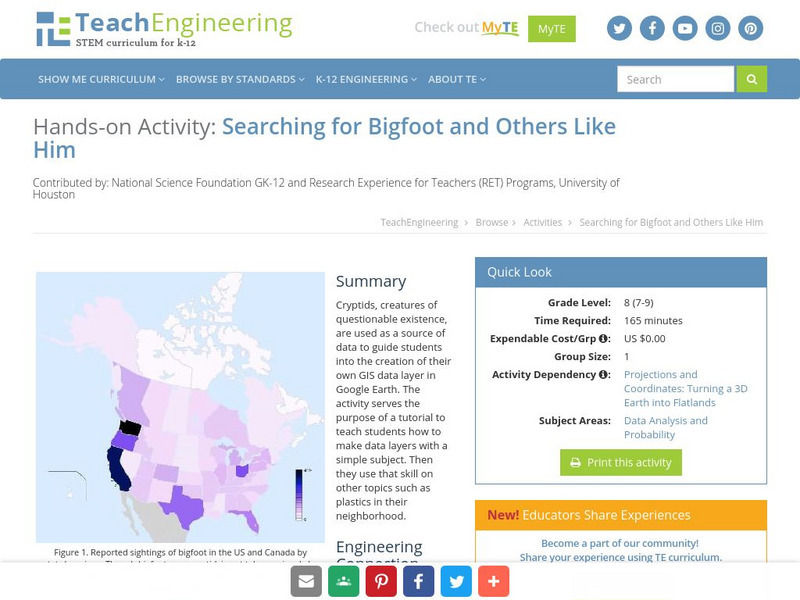
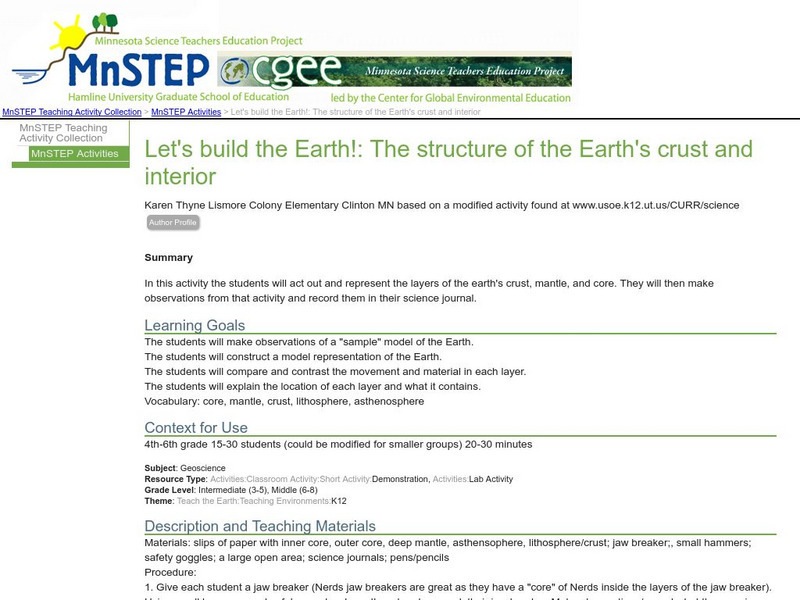
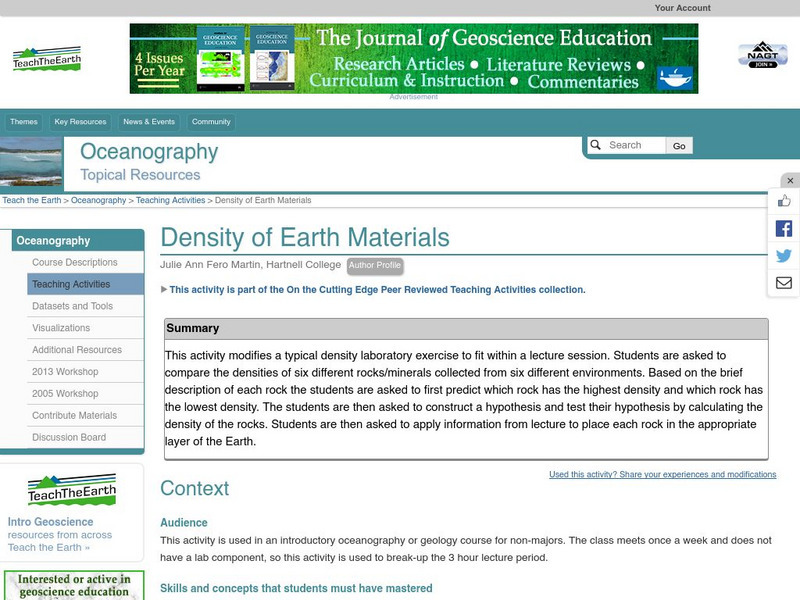
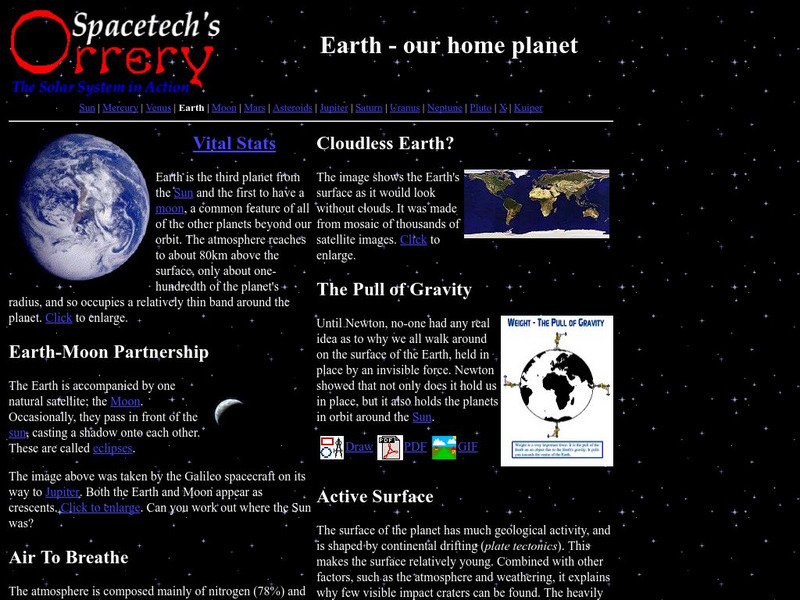
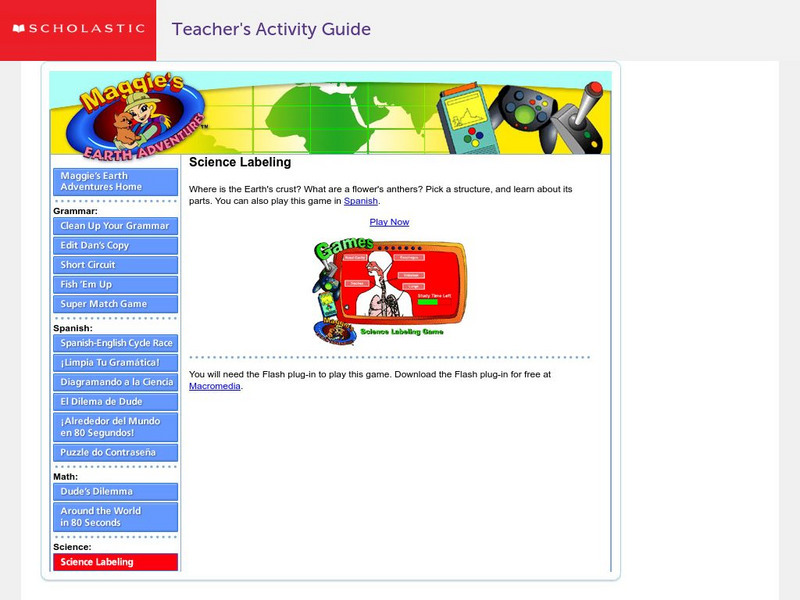
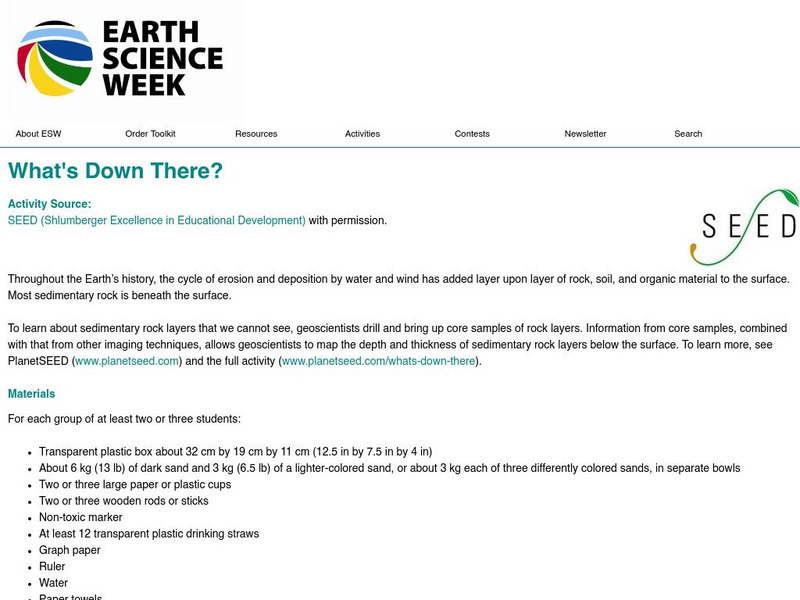
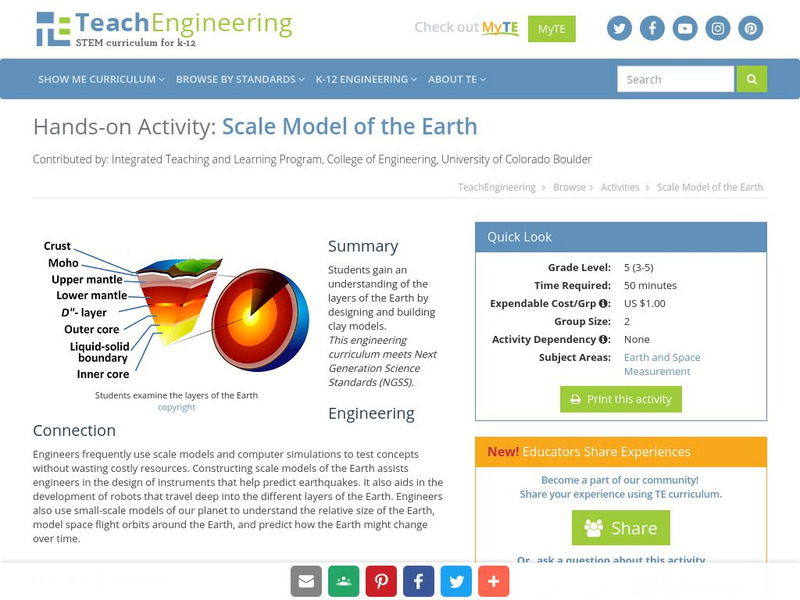

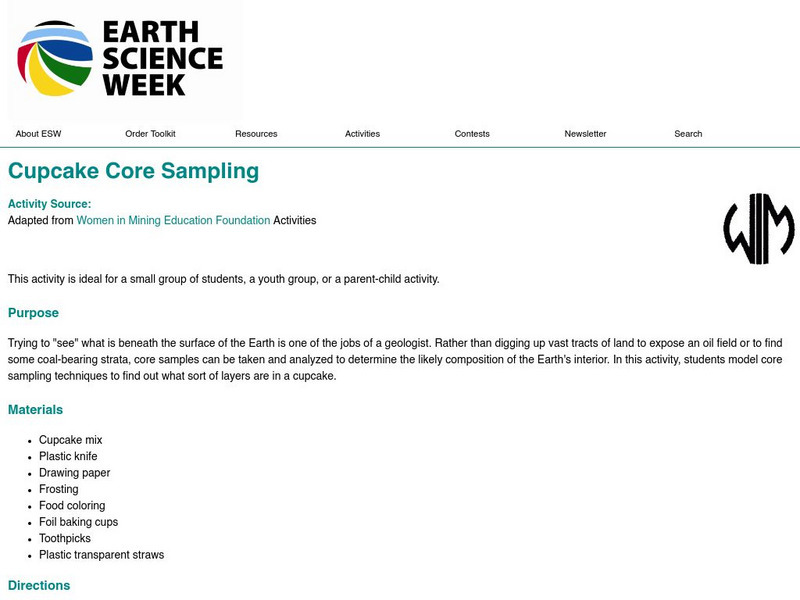


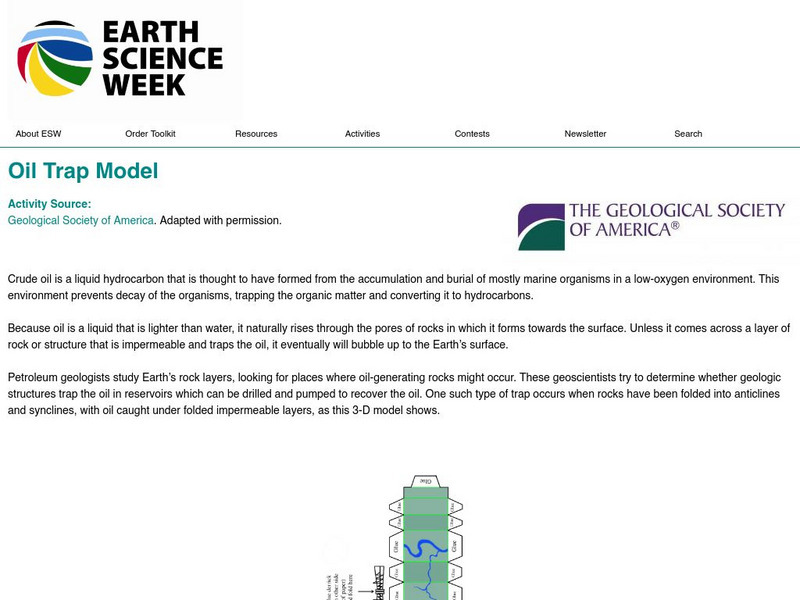


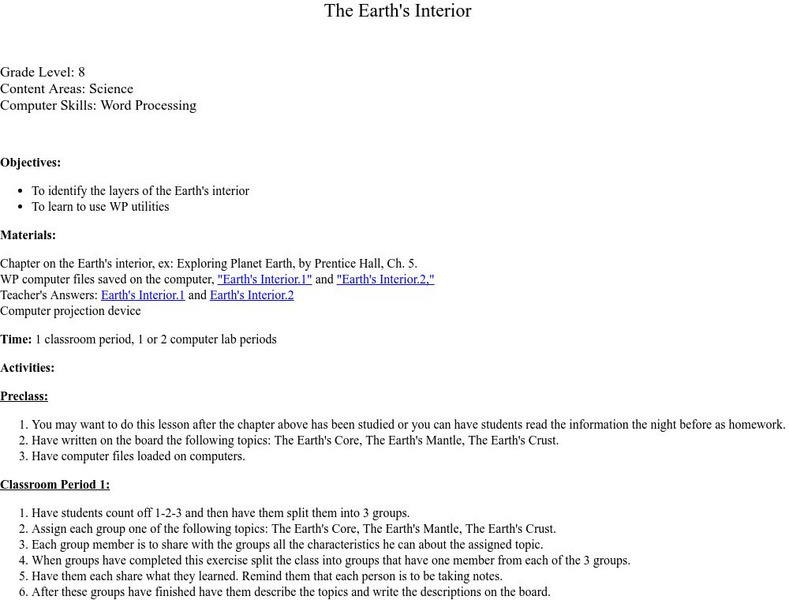


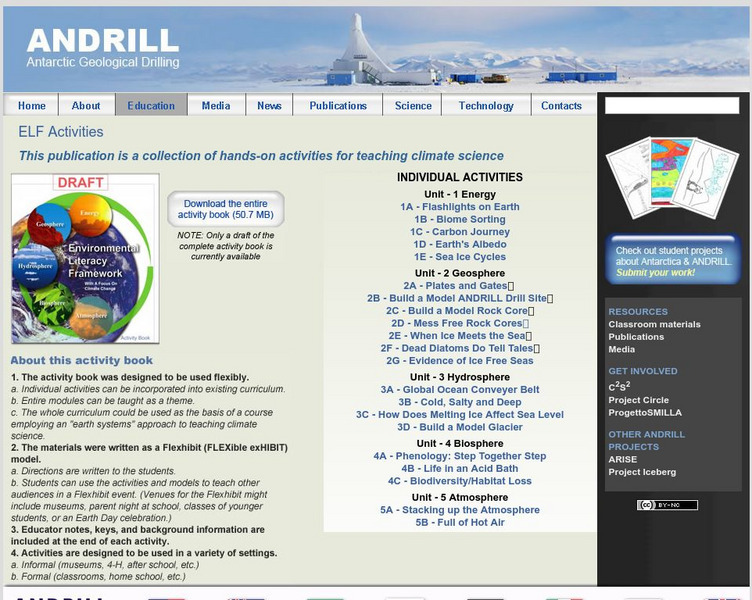
![Prince George's Community College: Reading the Rock Record [Pdf] Activity Prince George's Community College: Reading the Rock Record [Pdf] Activity](http://content.lessonplanet.com/resources/thumbnails/410006/large/bwluav9tywdpy2symdiwmduymc0xotawms0xn3i0zzvplmpwzw.jpg?1589984663)